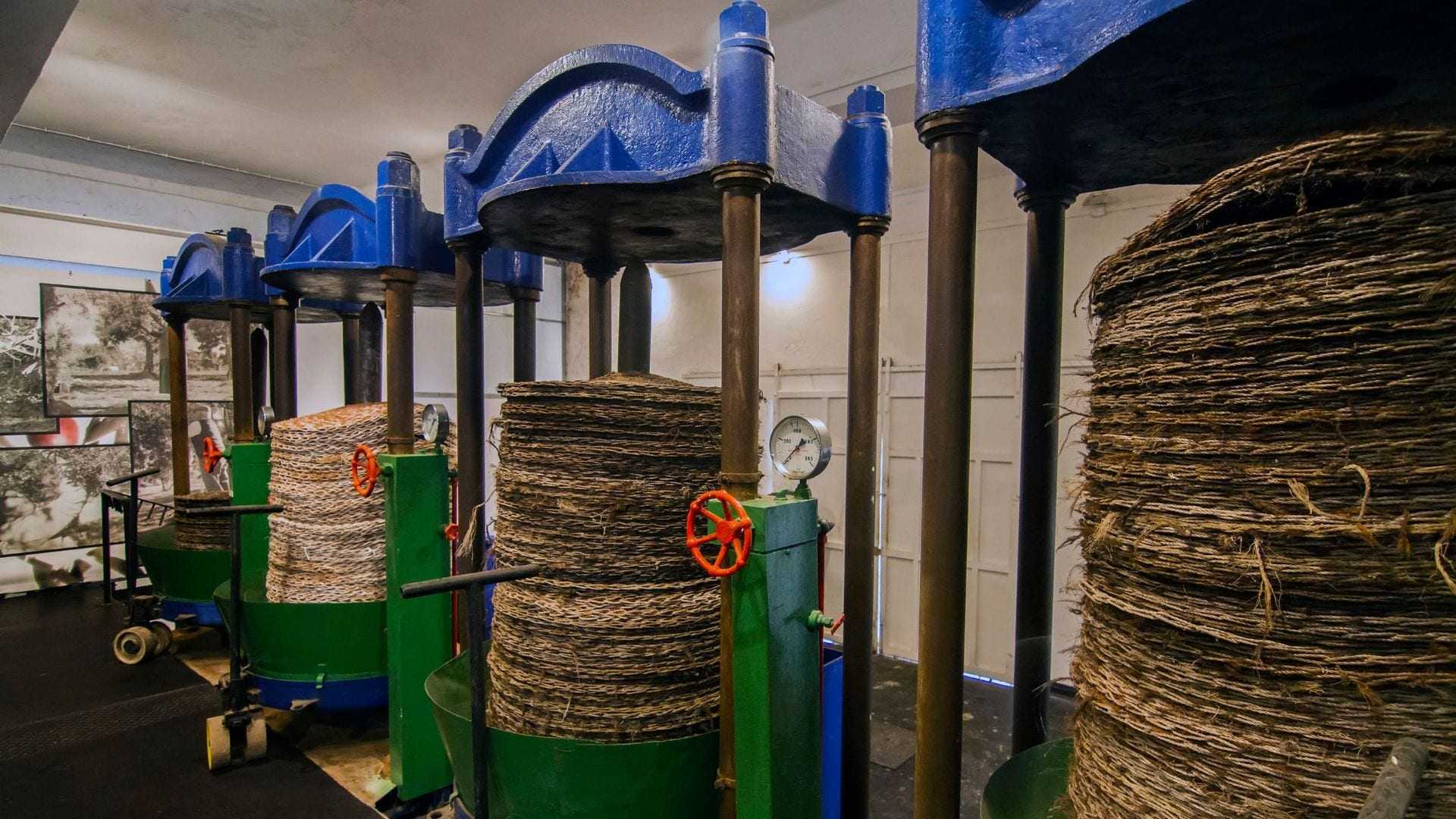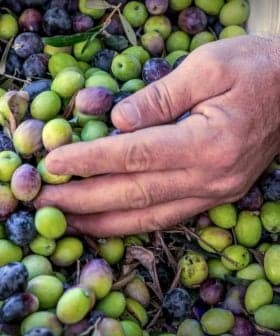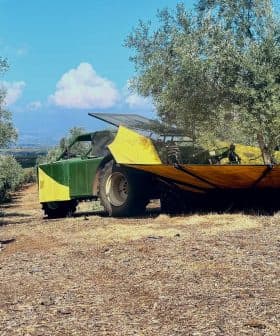 50.1K reads
50.1K readsBasics
What Does 'Cold Pressed' Really Mean?

The terms “cold pressed,” “first pressed,” and “first cold pressed” on olive oil bottles are outdated and more of a marketing ploy than an actual production description, as most extra virgin olive oil is now made using a centrifuge instead of a press. Olive oil is now extracted at temperatures below 27°C to preserve its flavors, aromas, and healthful qualities, making the terms “cold-pressed” or “cold extracted” redundant.
The terms “cold pressed,” “first pressed” and “first cold pressed” frequently appear on the virgin and extra virgin olive oil bottles that line supermarket shelves and the stands of farmer’s markets.
These outdated production terms are meant to connote that the oil is of superior quality, obtained from the first pressing in a traditional mill without excessive heat that would diminish its fragrant aromas and flavors as well as many of its healthful qualities.
See Also:Olive Oil BasicsHowever, the vast majority of extra virgin olive oil is now made using a centrifuge and not a press, making these terms more of a marketing ploy than an actual production description.
These days, virgin and extra virgin olive oils are generally extracted at temperatures lower than 27 °C (80.6 °F).
Olive oil extracted at higher temperatures will fail to have the necessary organoleptic and chemical compositions of virgin and extra virgin olive oils, making the terminology “cold-pressed extra virgin” redundant.
Where did these terms come from?
Until the mid-twentieth century, olive oil was made almost exclusively using a traditional or hydraulic press and the term “first pressed” described the virgin and extra virgin olive oil produced from freshly harvested olives.
Since olives are harvested at the end of autumn and the beginning of winter, the fruit was cool when it arrived at the mill to be processed. What seeped out from the press and trickled down into containers below was virgin or extra virgin olive oil, if it met the quality characteristics of the grades.
See Also:The World’s Best Olive OilsAfter this first press removed the best oil from the olives, many producers would add hot water to the leftover pits and pulp of the fruit and press it all again.
The heat of the water removed the aromas of the oil, depleted its polyphenols and degraded the flavor. As a result, the second press was of far inferior quality and was used as fuel for lamps — hence the term lampante.
If olive oil isn’t pressed, how is it made?
These days, olive oils that qualify as virgin or extra virgin are extracted without excessive heat, reflecting how olive mills have been updated over the past several decades.
Olives are harvested in the autumn and winter – increasingly at night — and milled quickly to avoid the degradation that heat can cause.
Instead of being pressed, the fruits are poured into metal crushers. Once the olives have been crushed into a paste and malaxed – slowly churned or mixed to allow smaller droplets of oil to aglomerate into larger ones – the resulting paste is transferred to a centrifuge where the oil is separated from everything else.
The modern milling process keeps the temperature of the olive paste below 27 °C to preserve the aromas, flavors and beneficial compounds of the oil.
In fact, any oil that is not carefully extracted without excessive heat will not qualify as virgin or extra virgin when submitted to a tasting panel or chemical analysis, which makes “cold-pressed” or “cold extracted” extra virgin olive oil a redundant term.
The E.U. gives ‘first cold pressed’ a new meaning
While “first cold pressed” and “cold extracted” are largely meaningless attributions put on extra virgin olive oil labels, the European Union has set out to change this.
The 27-member trading bloc has set legal definitions of the two terms in order to set traditionally-produced olive oils apart from modern competitors.
“The indication ‘first cold pressing’ may appear only for extra virgin or virgin olive oils obtained at a temperature below 27 °C from a first mechanical pressing of the olive paste by a traditional extraction system using hydraulic presses,” the European Union wrote in its marketing standards legislation for olive oil.
“The indication ‘cold extraction’ may appear only for extra virgin or virgin olive oils obtained at a temperature below 27 °C by percolation or centrifugation of the olive paste.”
Finding real extra virgin olive oil
“Cold pressed,” “first pressed” and “first cold pressed” are all used to convince consumers that the olive oil they are purchasing is high quality.
Outside of the European Union, there are few to no rules or regulations on how these terms can be used, so they can be applied to any type of olive oil.
The terms that really matter are “virgin” and “extra virgin” which means an olive oil meets the internationally-recognized quality standard for the grade.
The Official Guide to the World’s Best Olive Oils contains expert reviews and detailed information for more than five hundred high-quality extra virgin olive oils from dozens of countries.









